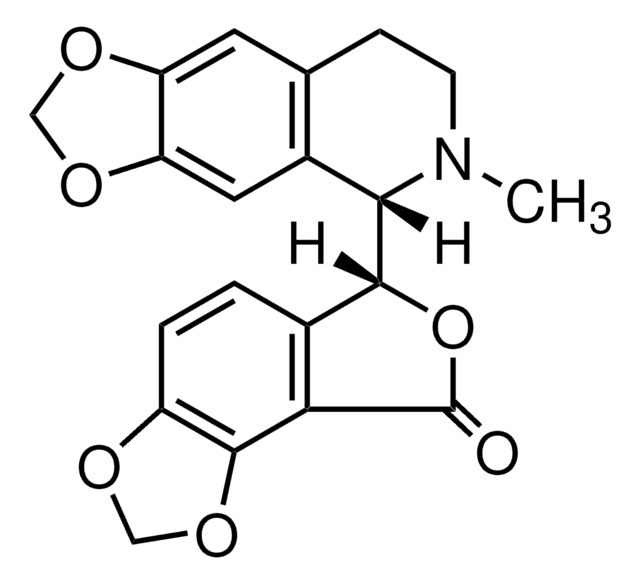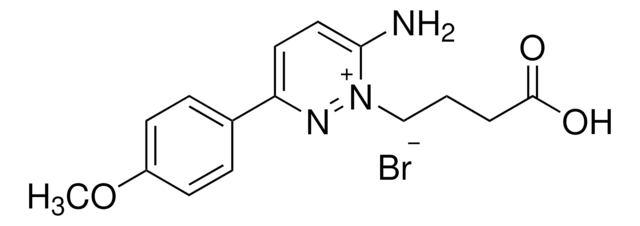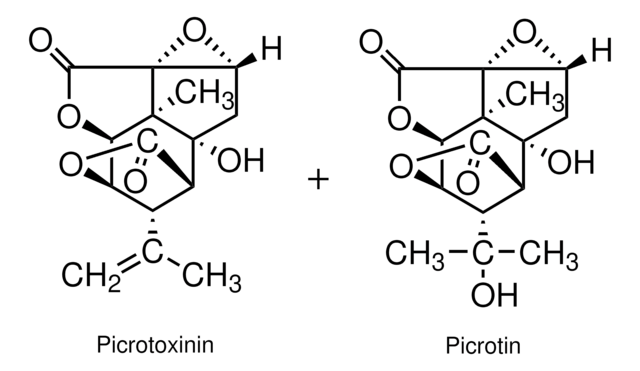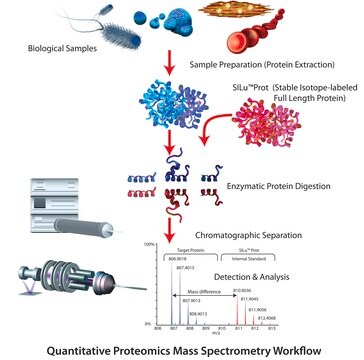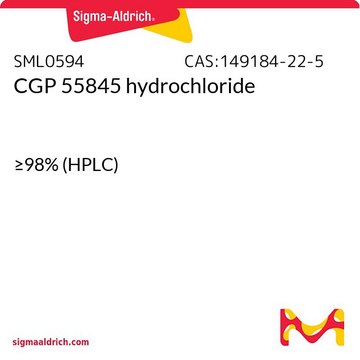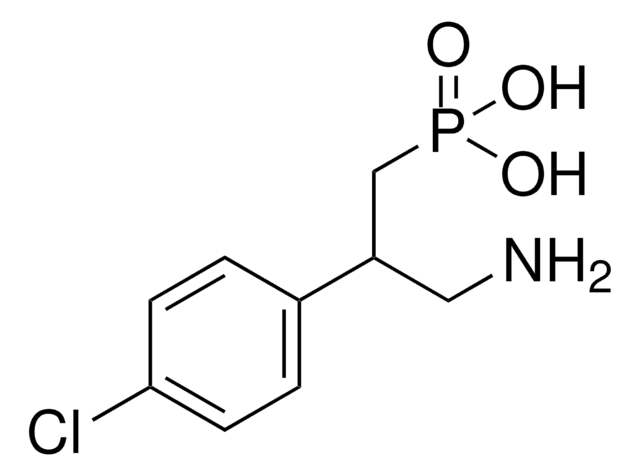SML0593
CGP52432
≥98% (HPLC)
Synonyme(s) :
[3-[[(3,4-Dichlorophenyl)methyl]amino]propyl](diethoxymethyl)-phosphinic acid
About This Item
Produits recommandés
Niveau de qualité
Essai
≥98% (HPLC)
Forme
powder
Conditions de stockage
desiccated
Couleur
white to beige
Solubilité
H2O: 1 mg/mL, clear (warmed)
Température de stockage
2-8°C
InChI
1S/C15H24Cl2NO4P/c1-3-21-15(22-4-2)23(19,20)9-5-8-18-11-12-6-7-13(16)14(17)10-12/h6-7,10,15,18H,3-5,8-9,11H2,1-2H3,(H,19,20)
Clé InChI
GJZVQXWEIYRHBE-UHFFFAOYSA-N
Application
- to study its effects on the simulation of the onset of status epilepticus (SE) in mice
- for voltage-clamp recording in mice neurons
- to study its effects on the GABAB receptor-mediated neurotransmission in guinea pig hippocampus
Actions biochimiques/physiologiques
Caractéristiques et avantages
Autres remarques
Code de la classe de stockage
11 - Combustible Solids
Classe de danger pour l'eau (WGK)
WGK 3
Point d'éclair (°F)
Not applicable
Point d'éclair (°C)
Not applicable
Faites votre choix parmi les versions les plus récentes :
Certificats d'analyse (COA)
Vous ne trouvez pas la bonne version ?
Si vous avez besoin d'une version particulière, vous pouvez rechercher un certificat spécifique par le numéro de lot.
Déjà en possession de ce produit ?
Retrouvez la documentation relative aux produits que vous avez récemment achetés dans la Bibliothèque de documents.
Notre équipe de scientifiques dispose d'une expérience dans tous les secteurs de la recherche, notamment en sciences de la vie, science des matériaux, synthèse chimique, chromatographie, analyse et dans de nombreux autres domaines..
Contacter notre Service technique